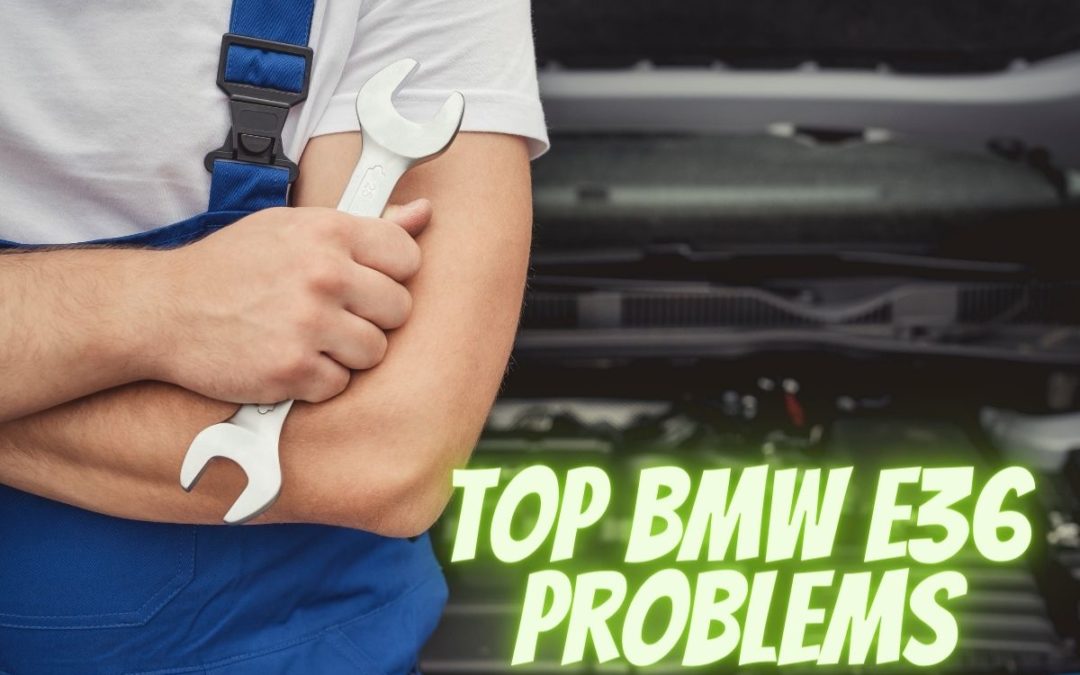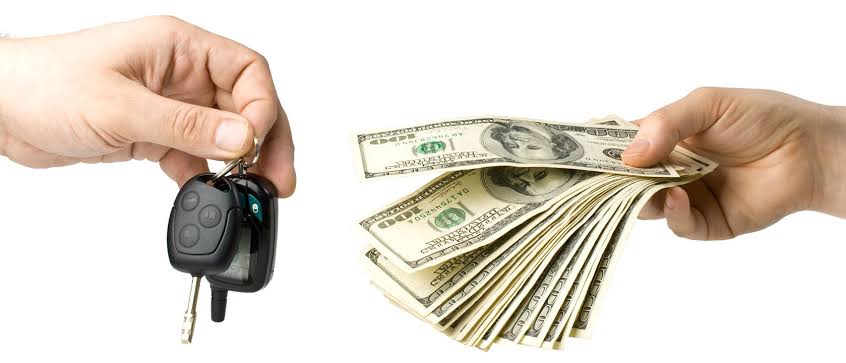Welcome to our in-depth guide about the 10 common problems of the BMW E36. The E36 model, although a great piece of engineering, can come with its share of issues. If you’re an E36 owner or considering becoming one, understanding these issues can save you time, hassle, and money. Before you dive in, consider taking a look at our guides on BMW warning lights, for a broader understanding of what your car might be trying to tell you. Additionally, our resource on BMW 320d E90 turbo failure symptoms and BMW X5 E70 injector problems could be helpful if you’re facing similar issues. Need BMW Spares? We’ve got you covered!
Common problems Of The BMW E36 3 Series:
Rust
The BMW E36 is known to have rust issues in some regions of the vehicle, including the sills, rear trailing arm mounts, front anti-roll bar mounts, and circular lifting pads underneath. These areas are prone to rust and should be inspected regularly to ensure that rust is not present or is addressed as soon as it is detected.
Symptoms
There are several potential symptoms of rust on the BMW E36, including:
- Visible rust on the affected parts of the vehicle
- The reduced structural integrity of the affected parts
- Decreased performance and handling due to weakened components
Solution
To address rust on the BMW E36, the affected parts will need to be repaired or replaced. This may involve removing the rust, applying a rust inhibitor, or replacing the affected parts entirely. It is essential to address rust as soon as it is detected to prevent it from spreading and causing further damage to the vehicle. Regular inspections and proper maintenance can help to prevent rust from forming on the BMW E36.
Brake Pipes
The front and rear brake pipes on the BMW E36 are prone to rust, but the rear ones are complicated to change due to their location. It is essential to regularly inspect the brake pipes for signs of rust and replace them if necessary to ensure the brakes are functioning correctly.
Symptoms
There are several potential symptoms of issues with the brake pipes on the BMW E36, including:
- Leaking brake fluid
- Decreased braking performance
- The brake pedal feeling spongy or unresponsive
Solution
The affected pipes will need to be repaired or replaced to address issues with the brake pipes on the BMW E36. This may involve replacing the lines entirely or repairing any damage to them. It is essential to address brake pipe issues as soon as they are detected to ensure the brakes are functioning correctly and to prevent further damage to the brake system.
ABS
The ABS on the BMW E36 can be prone to issues, including problems with the sensors, ECUs, and rust behind the stainless ABS trigger rings on the CV joints. These issues can cause the ABS to fail, impacting the vehicle’s braking performance.
Symptoms
There are several potential symptoms of issues with the ABS on the BMW E36, including:
- The ABS warning light is illuminated on the dashboard
- Decreased braking performance
- The brake pedal feeling spongy or unresponsive
Solution
To address issues with the ABS on the BMW E36, the cause of the problem will need to be identified and addressed. This may involve repairing or replacing the system’s sensors, ECU, or other components. It is essential to address ABS issues as soon as they are detected to ensure the brakes are functioning correctly and to prevent further damage to the brake system.
Rear Trailing Arm Bushings
The rubber-bonded bushings on the rear trailing arms of the BMW E36 can wear out over time and delaminate, resulting in movement and clonking sounds. It is essential to regularly inspect these bushings and replace them if necessary to ensure proper handling and stability of the vehicle.
Symptoms
There are several potential symptoms of worn or delaminated rear trailing arm bushings on the BMW E36, including:
- Clonking or knocking sounds when driving over bumps or uneven surfaces
- Reduced handling and stability of the vehicle
- Increased tire wear due to misalignment
Solution
The affected bushings will need to be replaced to address worn or delaminated rear trailing arm bushings on the BMW E36. This may involve removing the trailing arms and pressing out the old bushings before pressing in new ones.
Dampers
The front dampers on the BMW E36 may eventually leak and must be replaced long before they are worn out. It is essential to regularly inspect the dampers and replace them if necessary to ensure proper suspension performance.
Symptoms
There are several potential symptoms of leaking front dampers on the BMW E36, including:
- Dampers feel soft or spongy when compressed
- Visible fluid leaks from the dampers
- Decreased suspension performance and handling
Solution
To address leaking front dampers on the BMW E36, the affected dampers will need to be repaired or replaced. This may involve replacing the seals or the entire damper, depending on the extent of the damage. It is essential to address damper issues as soon as they are detected to ensure proper suspension performance and prevent further damage to the system.
Broken Rear Coil Springs
Broken rear coil springs are a common issue on the BMW 3 Series, including the E36. While this issue can be inconvenient, the springs are relatively easy to change.
Symptoms
There are several potential symptoms of broken rear coil springs on the BMW E36, including:
- The rear of the vehicle sagging or appears lower than normal
- Decreased handling and stability of the vehicle
- Increased tire wear due to misalignment
Solution
The affected springs will need to be replaced to address the broken rear coil springs on the BMW E36. This may involve removing the springs and replacing them with new ones. It is essential to address this issue as soon as it is detected to ensure proper handling and stability of the vehicle and to prevent further damage to the suspension.
Headlights
Condensation can affect the beam pattern of the headlamps on the BMW E36, which may require the headlights to be removed, cleaned, and resealed to fix the issue.
Symptoms
There are several potential symptoms of condensation in the headlights of the BMW E36, including:
- Headlights appearing foggy or hazy
- Decreased visibility while driving at nightDistorted beam pattern
Solution
To address condensation in the BMW E36, the headlights will need to be removed and cleaned, and new seals may need to be installed. This may involve disassembling the headlights and cleaning the lenses and other components before reassembling them and installing new seals. It is essential to address this issue as soon as it is detected to ensure proper visibility while driving and to prevent further damage to the headlights.
Regenerate
Airbag Light
The airbag light on the BMW E36 may come on if the steering wheel has been removed. This issue can usually be resolved with diagnostics and resetting the system.
Symptoms
There are several potential symptoms of the airbag light being illuminated on the BMW E36, including:
- The airbag warning light is displayed on the dashboard
- Inability to use the airbags in the event of a collision
Solution
To address the airbag light is illuminated on the BMW E36, the cause of the problem will need to be identified and addressed. This may involve resetting the system using diagnostics equipment, repairing or replacing components of the airbag system, or ensuring that the steering wheel has been properly installed.
Outer Front Ball Joints
The outer front ball joints on the BMW E36 may work loose and develop play over time, which can impact the handling and stability of the vehicle. If this issue is detected, it may be necessary to replace the entire arm to fix the problem.
Symptoms
There are several potential symptoms of loose or worn outer front ball joints on the BMW E36, including:
- Clunking or knocking sounds when driving over bumps or uneven surfaces
- Decreased handling and stability of the vehicle
- Increased tire wear due to misalignment
Solution
The affected ones will need to be replaced to address loose or worn outer front ball joints on the BMW E36. This may involve removing the front suspension arms and pressing out the old ball joints before pressing in new ones.
Final Thoughts
We hope this guide gives you a good idea of the common problems that might crop up with a BMW E36. Remember, no car is perfect, and each comes with unique issues. However, with the proper knowledge, these problems can be diagnosed and dealt with efficiently. Remember to check our comprehensive guide on BMW E90 gearbox problems.
ou may also be interested in our discussion on dynamic drive on a BMW and how it enhances your driving experience. Lastly, if you are considering selling your car, do read our post on how much scrap yards pay for a car. Safe driving!
Resources:


